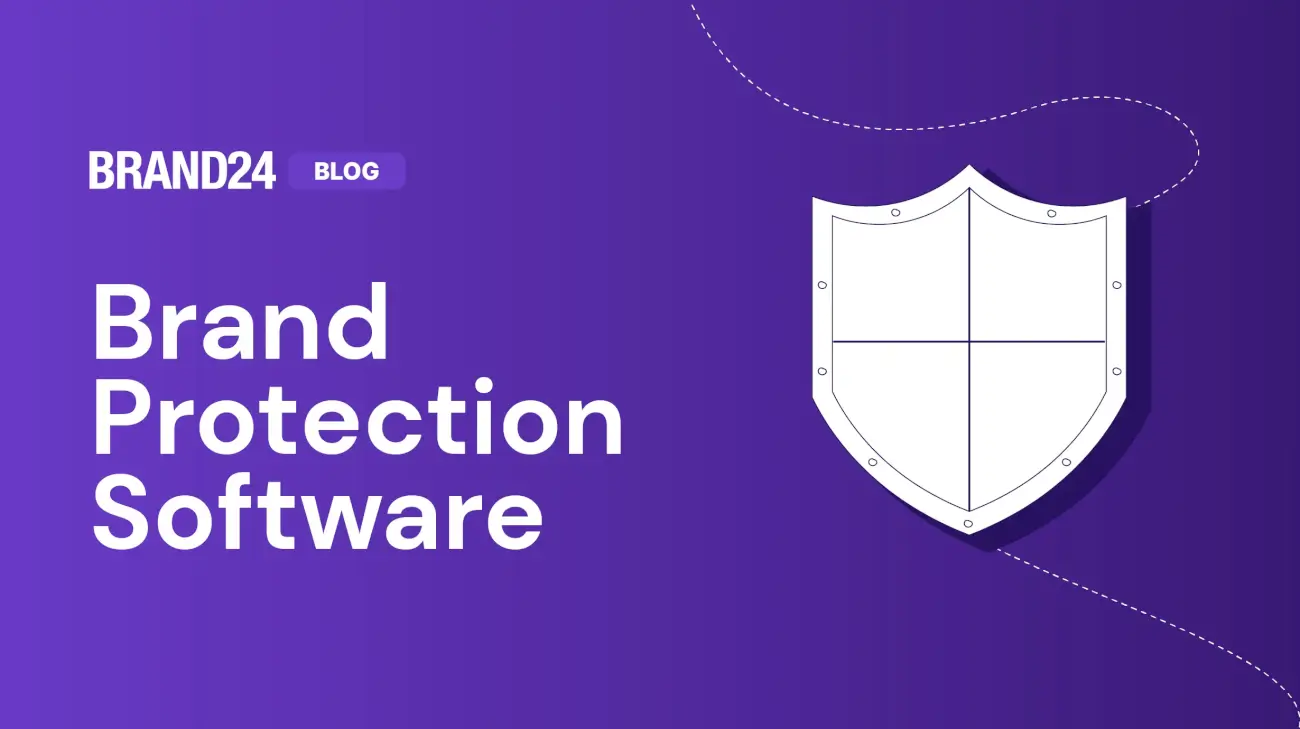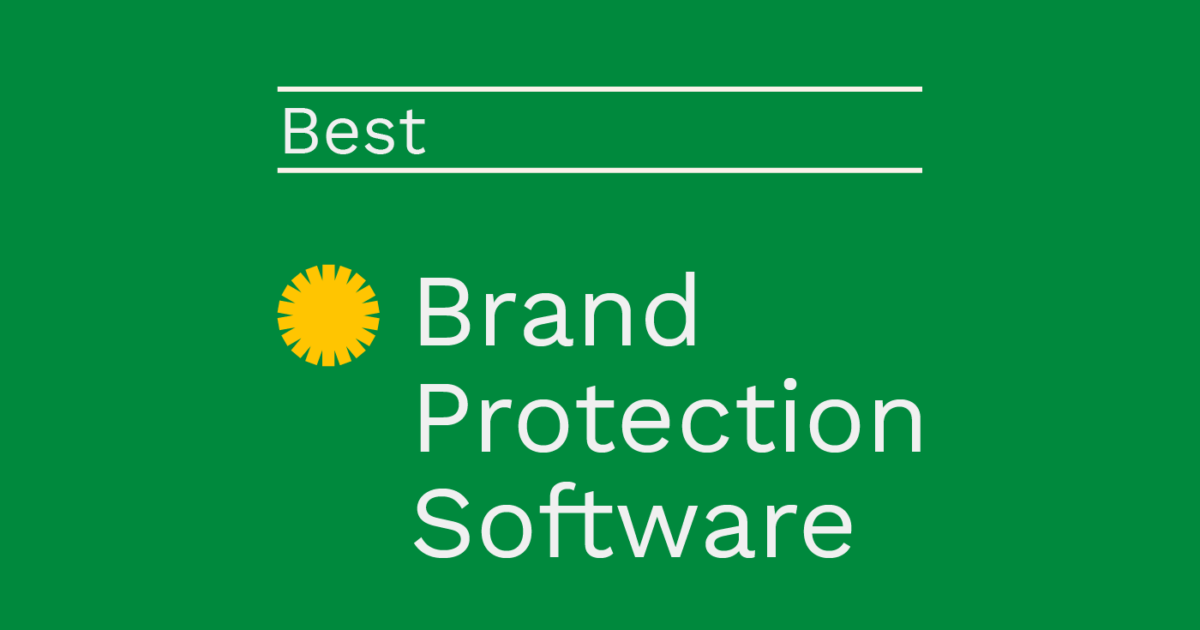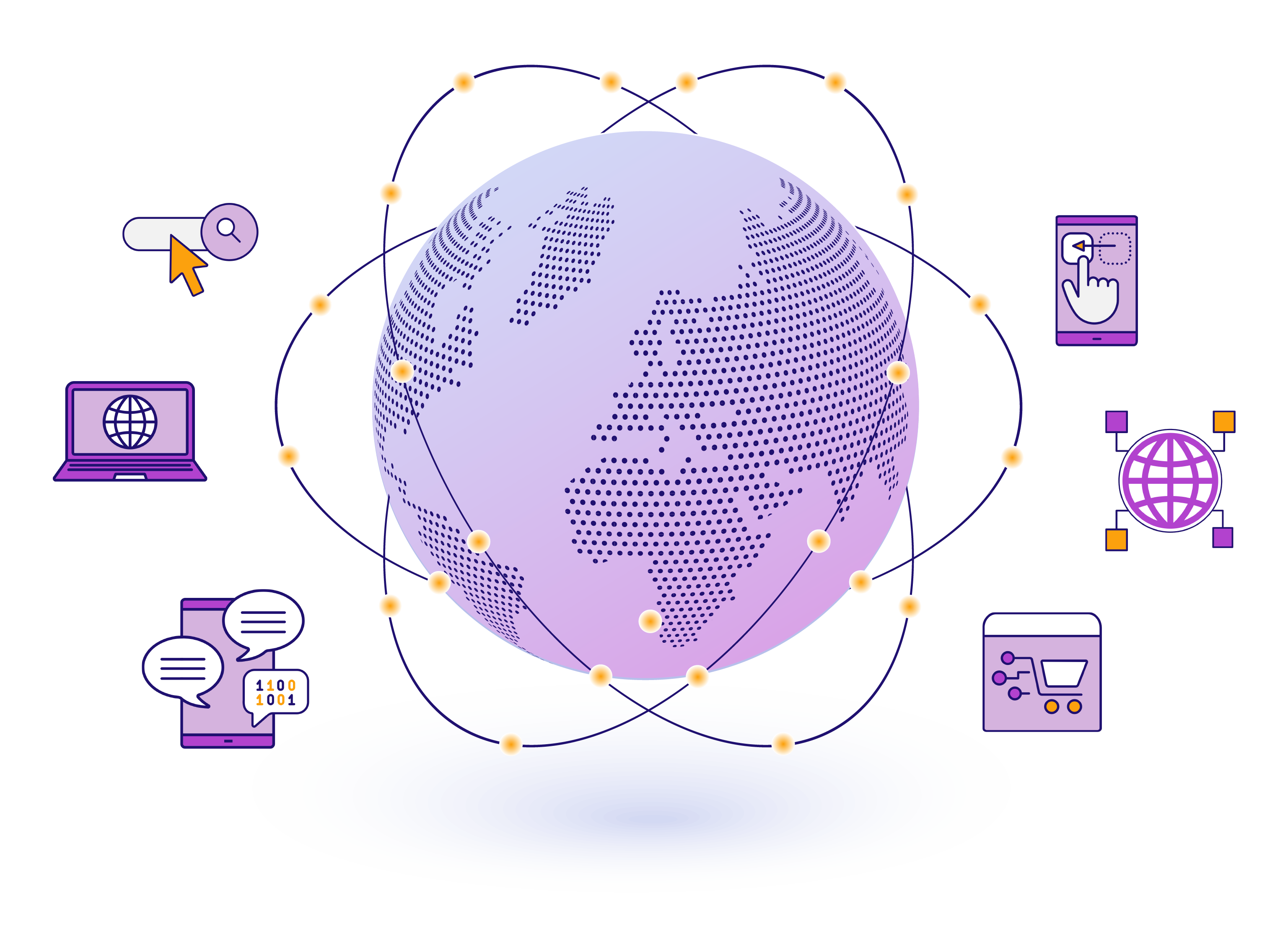Brand protection software plays a crucial role in safeguarding businesses from threats. From real-time monitoring to customizable reporting, these solutions are essential for maintaining brand integrity and reputation.
As we delve deeper into the world of brand protection software, we uncover its significance, key features, implementation strategies, and real-world examples that highlight its effectiveness.
Overview of Brand Protection Software
Brand protection software is a crucial tool for businesses looking to safeguard their brand reputation and intellectual property online. It helps in monitoring, detecting, and mitigating threats such as counterfeit products, trademark infringements, unauthorized sellers, and brand abuse.
Main Features and Functionalities
- Brand Monitoring: Constantly scans the internet for any unauthorized or fraudulent use of your brand name or logo.
- Counterfeit Detection: Identifies fake products being sold online to protect your brand’s integrity and revenue.
- Trademark Infringement Detection: Monitors for any unauthorized use of your trademarks to take necessary legal actions.
- Unauthorized Seller Identification: Helps in identifying unauthorized sellers who may be harming your brand image or reputation.
- Automated Takedown Requests: Streamlines the process of sending legal notices to remove infringing content or products.
Importance of Brand Protection for Businesses
Brand protection is essential for businesses to maintain consumer trust, brand value, and revenue streams. By ensuring that your brand is protected from online threats, you can prevent customer confusion, maintain brand consistency, and uphold your market reputation. Failure to protect your brand can lead to loss of revenue, customer trust, and legal implications.
Types of Brand Protection Software

Brand protection software comes in various forms to help businesses safeguard their brand reputation and intellectual property. Let’s explore the different categories available in the market.
Cloud-Based vs. On-Premise Brand Protection Solutions
When it comes to brand protection software, businesses have the option to choose between cloud-based and on-premise solutions.
- Cloud-Based Brand Protection Software:
- Accessible from anywhere with an internet connection
- Scalable and flexible to meet changing business needs
- Lower upfront costs and easier maintenance
- On-Premise Brand Protection Software:
- Offers greater control over data security and customization
- Suitable for businesses with strict data privacy regulations
- May require higher upfront costs and IT resources for maintenance
Benefits of AI-Powered Brand Protection Software
AI-powered brand protection software leverages advanced technologies to enhance brand security and combat counterfeit products effectively.
- Automated Monitoring and Detection:
- AI algorithms can scan vast amounts of data to identify brand infringements quickly
- Real-time monitoring helps businesses detect unauthorized sellers and counterfeit products
- Predictive Analysis:
- AI can predict potential threats to the brand based on patterns and trends
- Helps businesses proactively protect their brand reputation
- Enhanced Enforcement:
- AI-powered software enables automated enforcement actions against infringing entities
- Streamlines the process of issuing takedown notices and legal actions
Key Features to Look for: Brand Protection Software
When choosing brand protection software, businesses should consider a variety of key features to ensure comprehensive protection of their brand reputation and intellectual property. One of the most crucial features to look for is real-time monitoring and alert systems, which help businesses stay informed about any unauthorized use of their brand assets across various online platforms. Additionally, customizable reporting and analytics play a significant role in providing valuable insights into the effectiveness of brand protection strategies and identifying potential threats.
Real-Time Monitoring and Alert Systems
Real-time monitoring and alert systems in brand protection software continuously scan the internet for any instances of brand misuse or infringement. These systems track mentions of the brand name, logos, trademarks, and other key assets, allowing businesses to promptly detect any unauthorized activities. When suspicious activities are identified, automated alerts are sent to the relevant stakeholders, enabling a quick response to mitigate potential risks to the brand’s reputation.
Customizable Reporting and Analytics
Customizable reporting and analytics features in brand protection solutions provide businesses with in-depth insights into the effectiveness of their brand protection efforts. These tools allow users to generate customized reports that highlight key metrics, such as the number of takedown requests issued, the success rate of enforcement actions, and the impact of brand protection measures on overall brand visibility and reputation. By leveraging data-driven insights, businesses can optimize their brand protection strategies and make informed decisions to safeguard their intellectual property.
Implementation and Integration
Implementing brand protection software within an organization is a crucial step in safeguarding the brand’s reputation and assets. The process involves several key steps to ensure seamless integration and maximum effectiveness.
Steps for Implementing Brand Protection Software
- Conduct a thorough assessment of the organization’s assets and potential risks to determine the scope of protection required.
- Select a reputable brand protection software provider that offers features tailored to the organization’s needs.
- Collaborate with the software provider to customize the solution to align with the organization’s brand protection strategy.
- Train employees on how to use the software effectively and integrate it into their daily workflows.
- Regularly monitor and analyze the software’s performance to ensure it is meeting the organization’s brand protection goals.
Challenges in Integrating Brand Protection Software
- Resistance from employees who may be accustomed to existing systems and processes, leading to a lack of adoption.
- Integration complexities with legacy systems that may not be compatible with modern brand protection software solutions.
- Data migration challenges when transferring existing brand protection data to the new software platform.
Importance of Seamless Integration with eCommerce Platforms
Seamless integration with eCommerce platforms is essential for effective brand protection, as it enables real-time monitoring and enforcement of intellectual property rights. By integrating brand protection software with eCommerce platforms, organizations can swiftly detect and respond to counterfeit products, unauthorized sellers, and other brand infringements, safeguarding their brand’s reputation and revenue streams.
Case Studies and Examples

Brand protection software has proven to be a valuable asset for companies looking to safeguard their brand reputation and intellectual property. Let’s explore some real-world examples of how businesses have benefited from the use of brand protection solutions.
Preventing Counterfeiting and Unauthorized Selling
- Company A, a luxury fashion brand, implemented brand protection software to track and monitor their products across various online marketplaces. By detecting unauthorized sellers and counterfeit products, Company A was able to take immediate action and protect their brand integrity.
- Company B, a consumer electronics manufacturer, utilized brand protection software to identify and shut down unauthorized distribution channels. This proactive approach not only prevented revenue loss but also ensured that customers received genuine products, enhancing brand trust.
Improving Brand Reputation
- Company C, a global pharmaceutical company, faced challenges with counterfeit medications entering the market. By implementing brand protection software that included anti-counterfeiting measures such as unique product identifiers, Company C was able to regain consumer trust and demonstrate their commitment to product authenticity.
- Company D, a software provider, leveraged brand protection software to combat piracy and unauthorized use of their software. Through targeted enforcement actions and monitoring, Company D successfully protected their intellectual property rights and maintained a strong brand image in the market.
Closure

In conclusion, brand protection software is a vital asset for businesses looking to protect their brand identity in today’s competitive landscape. By investing in innovative solutions, companies can mitigate risks, prevent counterfeiting, and enhance their overall brand reputation.
